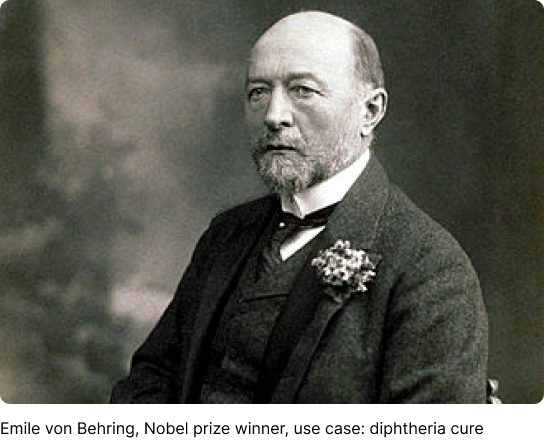Plasma Derived Medicinal Products
We solve the problem of Global Demand and Supply Constraints of Plasma, using innovation, technology and breaking a 70 year old status quo.
A Revolution in Technology
Plasma Fractionation
Aegros has invented a unique and transformational process called Haemafrac® that fractionates human plasma into speciality medicinal proteins. These biological proteins – including immunoglobulins, albumin and clotting factors – play a central role in sustaining human health. These Plasma Derived Medicinal Products are also well well-established and highly effective medicines for hundreds of serious conditions – including diseases of immunity, cancers, bleeding disorders, and life-threatening infections.
Across the world, Plasma is a very scarce resource and demand massively exceeds supply. This directly results in chronic shortages of life-saving medicines – meaning patients are often unable to access the treatments they desperately need. Imagine what could be possible if this shortage could be solved? Click here to find out more

Hyperimmune Production
Hyperimmune globulins
Hyperimmune Globulins are mostly specialty antibodies that fight infection or modulate immune function. Manufacturing them requires
a specialised process to “hyper-concentrate” specific antibodies with high purity. Using Haemafrac® technology Aegros can produce these products at much lower cost and at very high purity.
With its unique fractionation process, Haemafrac® changes everything.

Engineering and Plasma Producing
Do it or have it done
Aegros is both an Engineering and a Biopharmaceutical company. We work with governments, health systems, patient groups and blood collection partners to design and build exceptional quality fractionation programs. With Haemafrac® Aegros can truly transform the economics, sustainability, and quality of antiquated or inefficient fractionation programs around the world.
